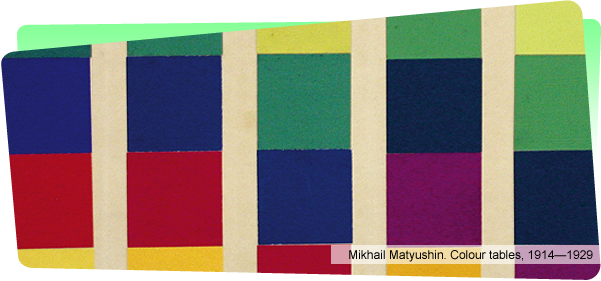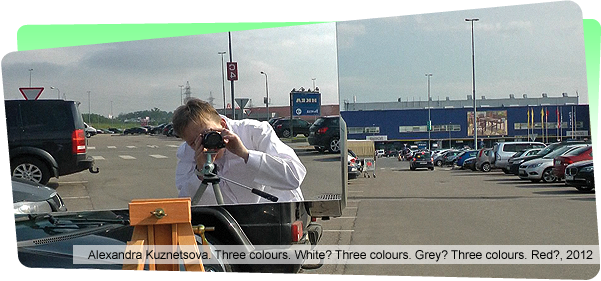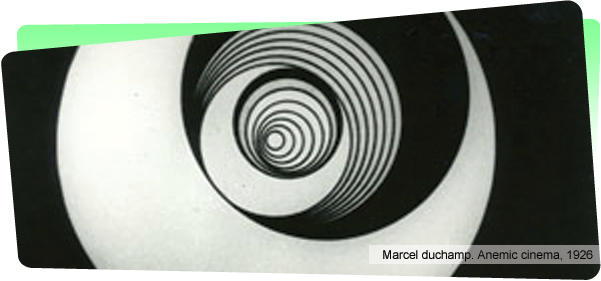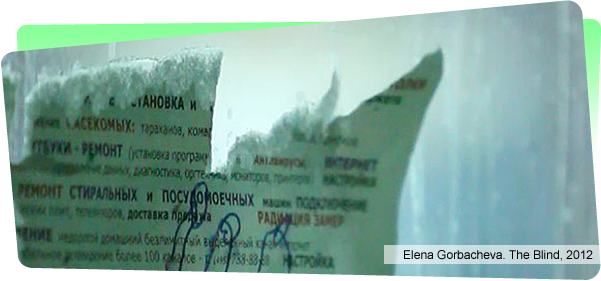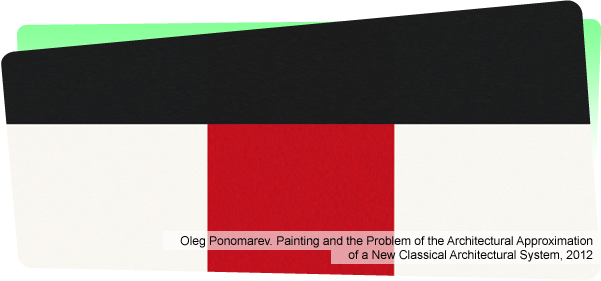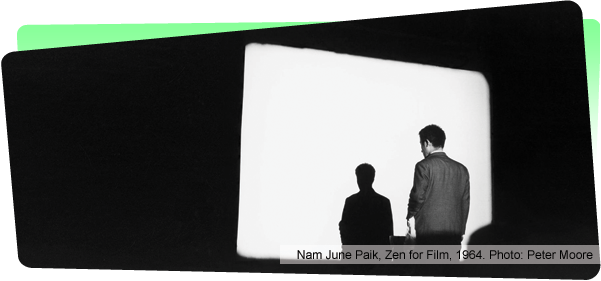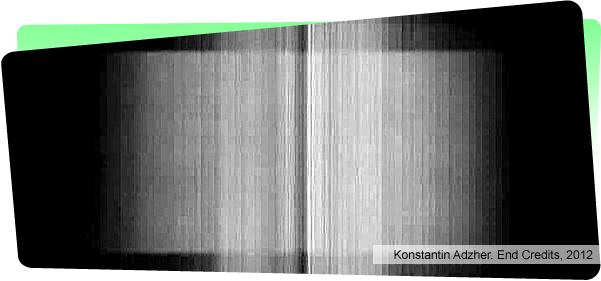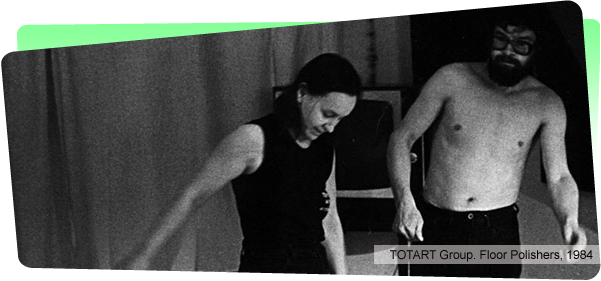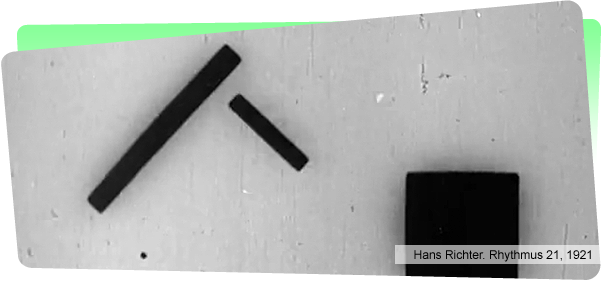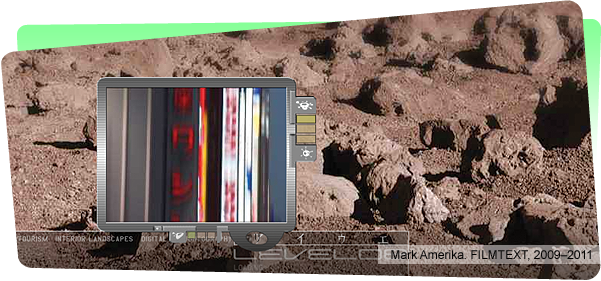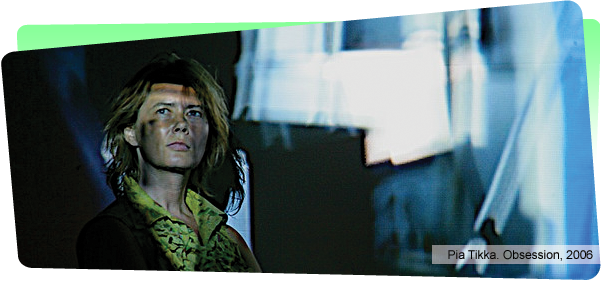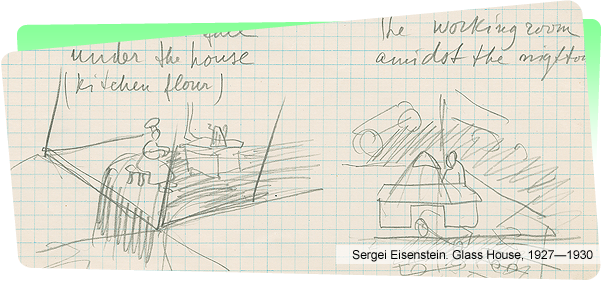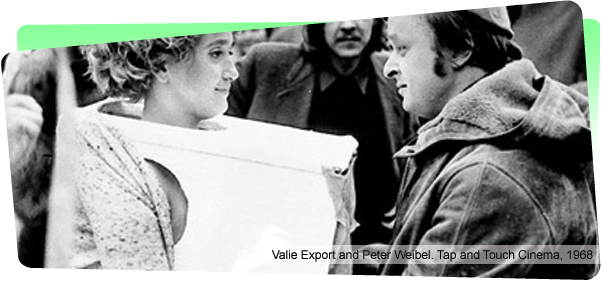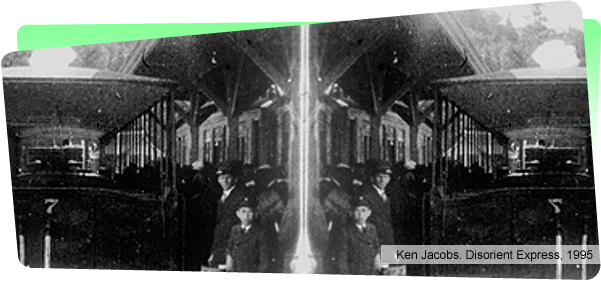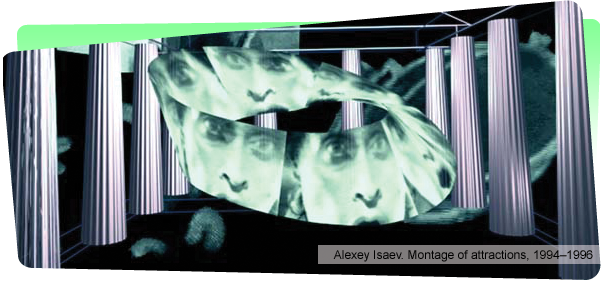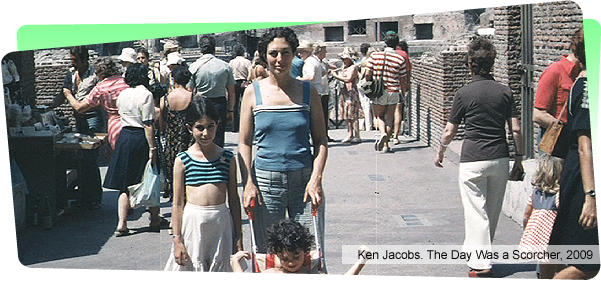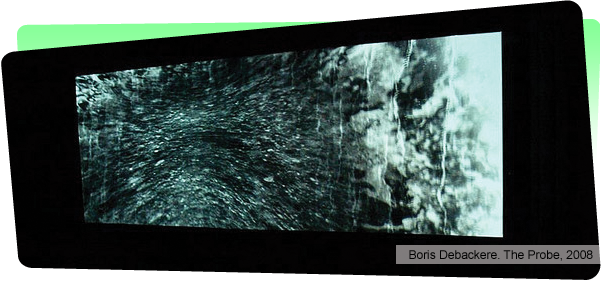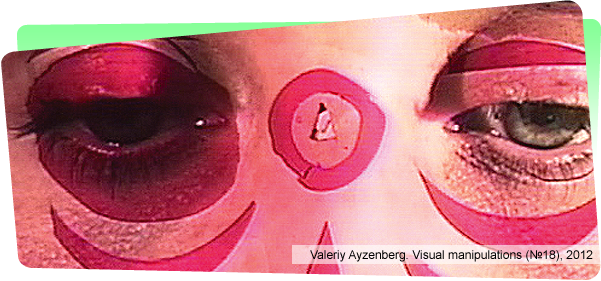Media Forum Closing. Lecture by Peter Greenaway

About Media Forum

Schedule

Exhibition "The Immersion: Towards the Tactile Cinema"

Educational programmes

Media Festivals: Let’s Rock! Programme

For Press

Partners

Contacts
IV. Machine Vision
The fourth section of the exhibition presents works by artists who strive to expand new spheres of human existence by an expansion of cinema’s technological tool kit. Woody and Steina Vasulka explore the Machine vision idea in their projects. Ken Jacobs tries to disarm the viewer with immaterial arythmic invasions. Dina Karaman and Alexandra Kuznetsova explore the inner and outer aspects in the human dialogue with nature.
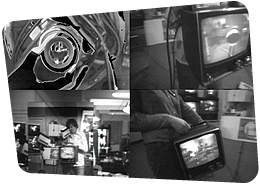 Woody and Steina Vasulka
Woody and Steina Vasulka
Works from the Machine Vision project
USA, 1975—1980
Video
Courtesy of The Vasulkas archive
The Machine Vision (1975—) corpus was born out of research into perception begun by Steina in 1975 and pursued ever since. In the videotapes and installations of this corpus, Steina dissociates point of view from an organic perspective and from human intentionality. To do so, she allows a series of kinetic devices supported by optical tools to control the camera. With help from closed-circuit video, these elements render the normal process of understanding the visible world more complex. Allvision is the pivotal piece in the Machine Vision corpus. Two video cameras are placed at the ends of a crossbar set on a motorized turntable. Allvision I includes two hemispheres that the cameras point toward. In the second version (Allvision II, 1978), the cameras sweep over the surface of a mirror sphere in the bar's central axis. The video signal is diverted toward two or more monitors far from the turntable. Because the cameras move around a 360-degree perimeter, spectators on the periphery appear constantly on the monitors. One of the cameras captures their image no matter where they are in the room. In one version of Allvision II, four monitors are placed under the turntable. As a result, spectators have an overall view of every component in the work. Though Allvision has been featured in several gallery exhibitions, Steina tries to vary the settings showcasing the work. At times, Allvision is set up in visually complex environments, such as a decorated room, an urban landscape or the Vasulkas' workshop. When the installation is presented in galleries or museums, Steina adds mosaics created by Woody especially for this purpose.
Although installations made up a large part of this corpus, in many tapes made between 1975 and 1977 (compiled in Orbital Obsessions, 1977), Steina used cameras controlled by motorized devices, and she built up a veritable lexicon of the formal vocabulary of closed-circuit video. Urban Episodes (1980) featured small devices equipped with motorized elements, mirrors and lenses. In Summer Salt (1982), Steina physically manipulated a sort of optical prosthesis attached to the camera's lens. In other videotapes and installations completed since the 1980s, The West (1983), Ptolemy (1990) and Borealis (1993), the Vasulkas used motorized and optical devices, but these works do not strictly belong to the Machine Vision corpus.
Vincent Bonin © 2001 FDL
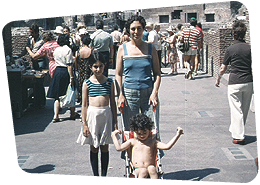 Ken Jacobs
Ken Jacobs
The Day Was a Scorcher
USA, 2009
8', color, silent
Сomputer technical assistance — Erik Nelson
Courtesy of the artist
Movie-star Flo, Nisi the thoughtful young girl, and Aza old enough to trudge with the rest of us but still expecting to be pushed around on wheels. The sun doesn't kid around when it's a sunny day in Rome. But it's a perfect day, when — as said — nothing happens.
 VALIE EXPORT
VALIE EXPORT
METANOIA
Austria, 2011
Video, loop
Courtesy of the artist
VALIE EXPORT composed this collection from her comprehensive body of work herself, including avant-garde films, structural movies, performance videos, video poems as well as video body actions and experimental films from 1968—2010. This collection represents an independent piece of art of the most important work in video and film of media artist VALIE EXPORT.
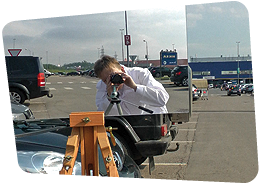 Alexandra Kuznetsova
Alexandra Kuznetsova
Three colours. White? Three colours. Grey? Three colours. Red?
Russia, 2012
5', performance. Video documentation, objects
Courtesy of the artist
“The man always has an opportunity to choose his way of interaction with the world outside: both as a general life strategy and as a behaviour in everyday circumstances. He can choose what to do: to break strait through or follow the trodden path; to scramble through the obstacles or pass over them... One way or another, the man is weirded to the changes. This is the work about different modalities of interaction between the man and the world. The formal side of the project repeats the work “Around the world in 4 minutes” (1975) by Edmund Kuppel”.
Alexandra Kuznetsova
 Dina Karaman
Dina Karaman
Burden
Russia, 2012
13’, two-channel video, sound installation
Courtesy of the artist
The dark dense landscape of human's internal nature is impossible to fully illuminate or define. In search of means to convey the ever-doubted and ever-questioned sensual, an attempt is being made to translate one of the situations of intuitive process of self-discovery into the language of ritual actions — into the form of a purification ritual, which cracks the fragile boundary between the internal and the external.


